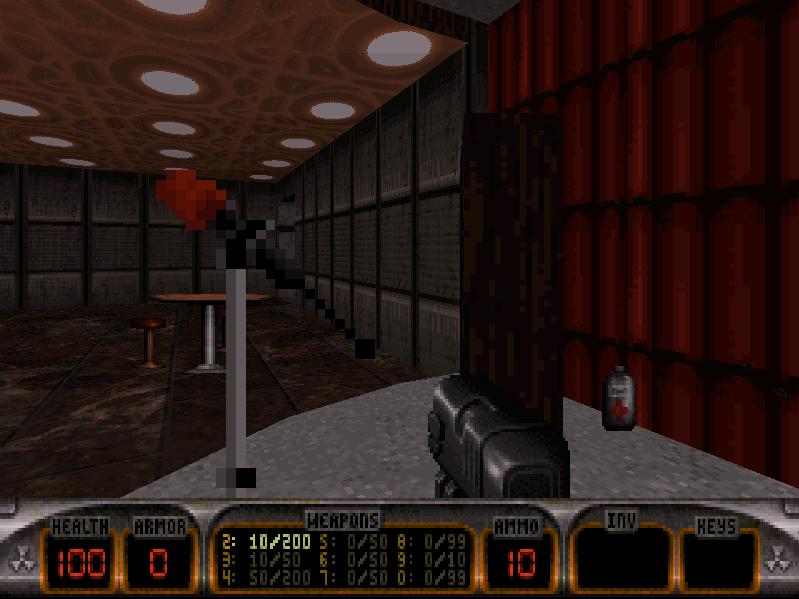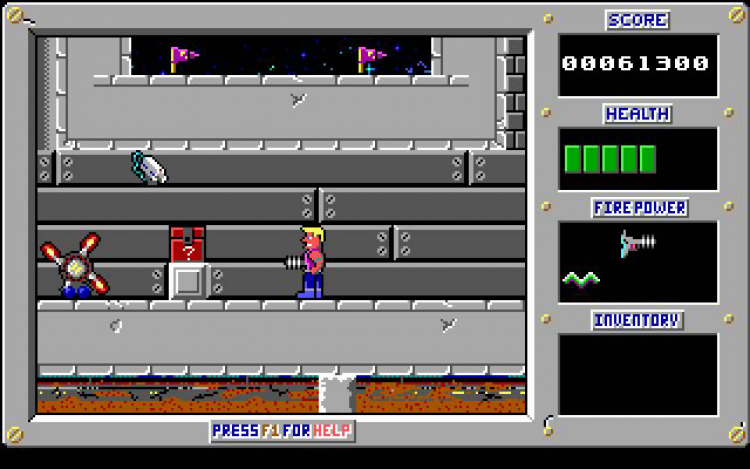


The Audigy next to its predecessor, the Sound Blaster Vibra128. The main problem with going for subjective history-accuracy here is the sheer variability of quality on Live! cards, so hunting down the right CT4830 or whatever version is challenging. In 1998, I actually used to own a variant of a SB Live! card, but the analog audio output port is of questionable quality (although I never noticed that as a kid). The X-Fi is the last entry in the fifth generation of Creative SB PCI cards, of which the Audigy, PCI 512, Sound Blaster Live! and PCI 128 are also a part. Horrible, horrible Sound Blaster 16 (SB16) DOS emulation (see below) Īnd since I bought a Creative X-Fi for my WinXP machine, I was in the mood for another Sound Blaster upgrade.No external header pins for those cool looking 5.2" audio drive bays.The card is good enough if you’re not picky, but it comes with a few major downsides: The Sound Blaster PCI128 or Vibra128 is basically the same card, as it contains a Creative AudioPCI chip. Sure, it's easier, but it's nothing you couldn't do on your own.My initial Windows 98SE retro PC build came with a free Ensoniq AudioPCI based card, a cheap 1998 OEM alternative to the AWE64 or the Sound Blaster Live!_ line. If there is, all those usually do is change some command line options when you launch the executable. I'm not a big Duke nut, so I do not know if there is a launcher program for Duke3D. Is this an onboard DS-XG or do you actually have a PCI card for it? What is your computer? I have a Dell Dimension XPS T450 around here somewhere that has an onboard DS-XG, which is why I'm asking. The first I/O Range -> 0220 = I/O or port 220 These are the values you need to tell your Duke3D install program. There should be 4 Resource Types listed here, if you don't see these (I used some 'Setting' values, yours may differ) then you have the wrong device: Select that one -> push the Properties button -> select the Resources tab.

You want the main one, called "something something Game Device" or the like. There will be 2-4 DS-XG items listed there. R-click on My Computer -> select Properties -> select Device Manager tab -> hit the + next to Sound, Video, and Game Controllers. To find out where you card has been 'installed' at in Windows: Every DOS game I've played had an option to manually select a brand, IRQ, DMA, etc. The drivers you got from Yamaha, were they on the: page?ĭO NOT download the WDM drivers as these have no DOS support: ĭon't use Duke3D's auto-detect soundcard feature, if that's what you have been doing. I have been able to get almost everyone of my old DOS games to work in Win9x and it's usually a lot simpler than making a boot disk. I'd recommend just playing the game IN Windows.


 0 kommentar(er)
0 kommentar(er)
